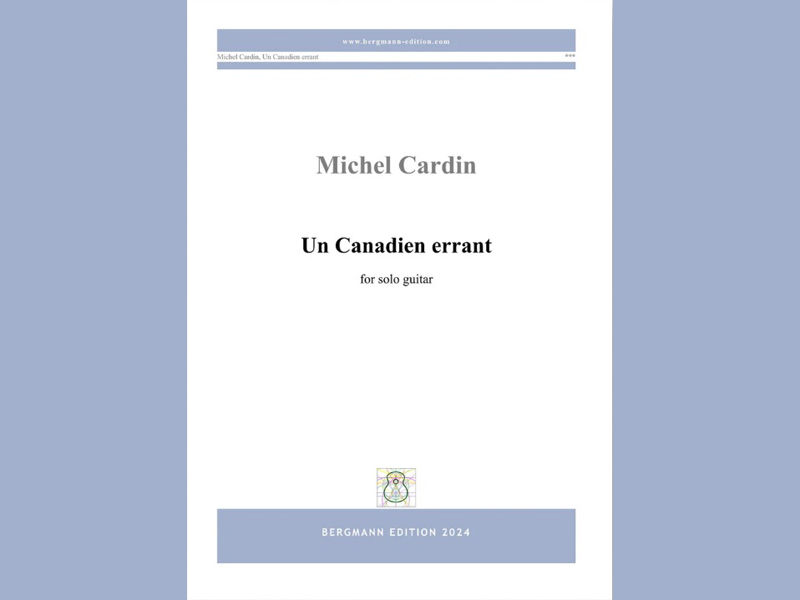Tanja Miric : Five Bosnian Songs : Lathkill
- chrisdumigan
- Jul 18, 2022
- 3 min read

Tanja Miric
Lathkill Music Publishers : 16 pages
Bosnian – born Tanja Miric has arranged a number of her homeland’s songs, and here are five more, described by her in the Preface as from the traditional musical style known as Sevdalinka or Sevdah music.
The first one Emina, is based on a song about Emina Sefic apparently a true life girl from a poem by Aleksa Santic. It has an unusually – styled opening marked Freely, with a mixture of slightly exotic chords followed by a melody that traverses the strings in a laisser vibrer fashion in 5/4 time. After these four bars the melody from the opening continues in a three – voiced arrangement before reaching a Piu Mosso now in 3 / 4 with a rocking bass / chord accompaniment and the occasional unusual note that reminds you that these are Bosnian tunes with appropriate harmonies and melodies. There are a number of sections where one has to strum a couple of notes on the top two strings with your index finger in a semi – tremolo fashion. Finally the opening melody returns in 5/4 in the bass with a fast triplet semi – quaver arpeggio pattern above before closing on a two note Largo tremolo pattern again, similar to before. This piece is immediately unusual but very interestingly arranged and in a style that I doubt would be familiar to most players.
Mila Majko, salji me na vodu (Dear Mother, Send me to the Spring) is a playful piece in 2/4 that constantly in mid – phrase shifts between D Major and D minor, so that one moment you are playing F#s, and the next the F is a natural, before everything changes back again. On the face of it, this piece is more straight – forward than the previous and yet there are many moments when you are caught out by the unusual voicings that nevertheless are beautiful and again quite individual.
Kad ja podoh na Bembasu ( When I Went to Bembasa) in a sad piece where the melody first appears in the treble atop two voices that are constantly on the move, and then moves to the bass underneath some chords and occasionally arpeggio patterns. The melody then reverts to the treble for a final section that moves to the very top of the fingerboard in its three voices.
Oj Djevojko Anadolko (Anatolian Girl) moves several times between a Maestoso, and a faster pace for its themes. Set in G and E minor, it has a very catchy melody that moves through various rhythms whilst still retaining its almost dance – like style.
Zapjevala Sojka Ptica (The Jay Bird Sang) is the last of the set and one of the hardest, traversing across 7/8 to 10/8 in a number of different groups of 2s, and 3s at 165 crotchets a minute. Elements of percussion and pizzicato sections with aggressive slapped chords marked sfffz definitely add to the trickiness of this piece. However it does make a fabulous closing piece, if anyone uses this set of pieces as a suite in concert. The harmonies are unusual but quite friendly and as you can tell, not a great deal of it is easy, but it is different enough for it to make quite an impact on an audience without being so modern that it frightens people away!
Chris Dumigan




Comments